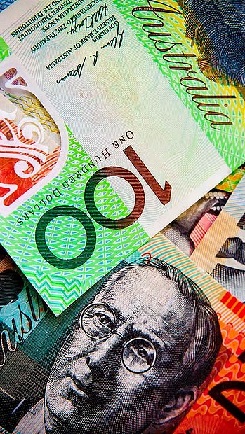Easing spree could end
 Australia’s money-printer may soon be wound down.
Australia’s money-printer may soon be wound down.
Reserve Bank of Australia (RBA) and Treasury officials are considering a change in the central bank's pandemic stimulus strategy.
They are contemplating selling federal bonds back to the government, effectively reversing the RBA's ‘money printing’ policies.
The proposed shift from quantitative easing to quantitative tightening (QT) may suggest that the RBA is less likely to purchase bonds in future recessions.
Instead, it would reserve this unconventional monetary policy tool to manage short-term disruptions in financial markets.
The RBA initially started buying bonds in 2020 to inject liquidity during the pandemic-induced market uncertainty.
However, the central bank has incurred significant losses, exceeding $40 billion, due to its pandemic policies.
By selling some of the $330 billion in bonds it holds, the RBA aims to reduce interest-rate risk and stem potential further losses.
The bonds could be sold to investors or directly to the government's debt management agency, the Australian Office of Financial Management (AOFM).
The decision on QT will reportedly be made after September 30, following an assessment of the market impact of banks repaying their emergency term funding facility loans.







 Print
Print